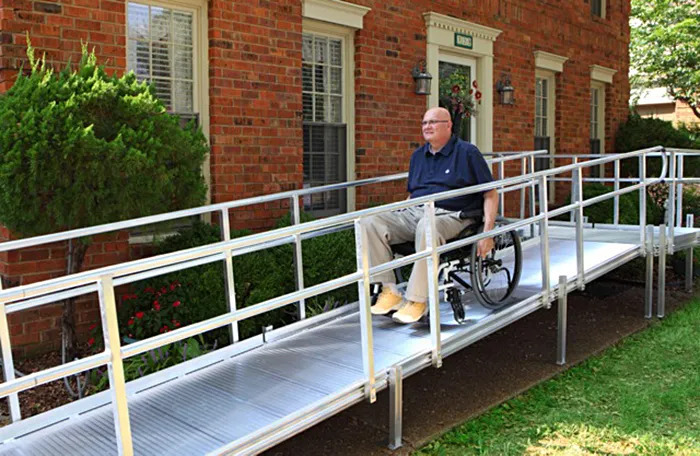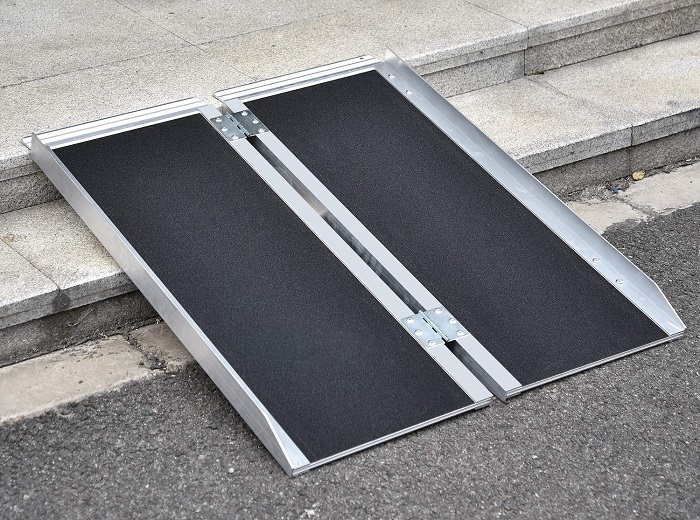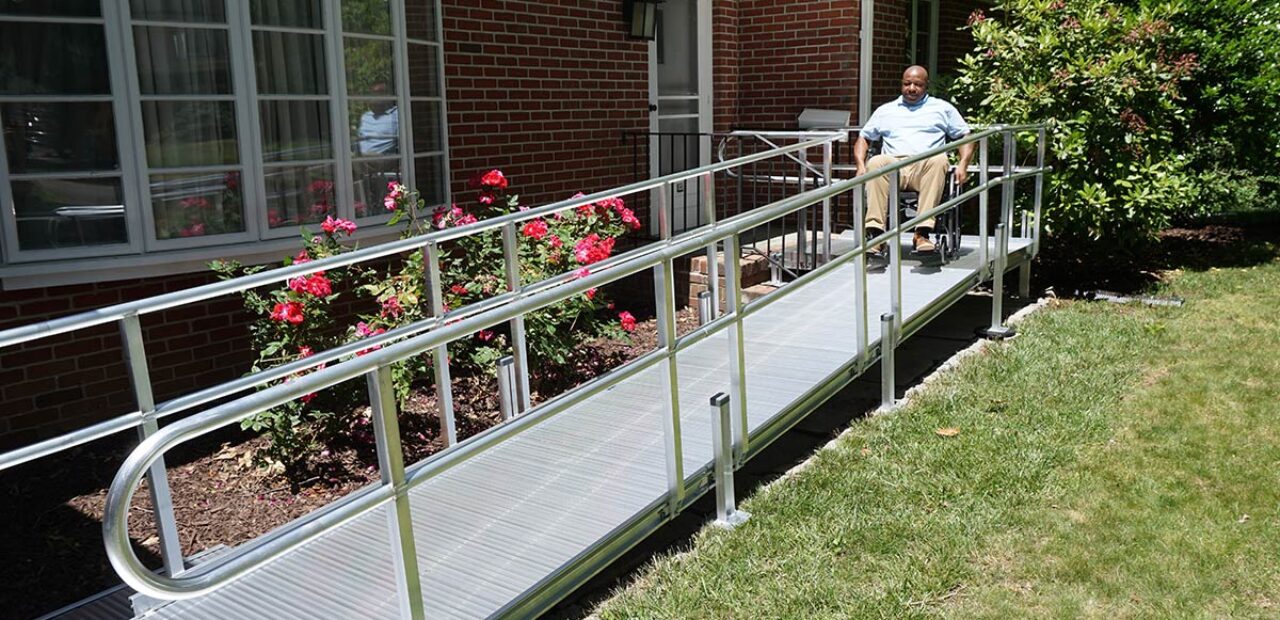Barrier-Free Living: The Benefits of Using Wheelchair Ramps for Better Mobility
Accessibility is by far one of the most fundamental rights any individual should have, regardless of their physical abilities. Unfortunately, many individuals struggle to access public and private spaces due to their limited mobility. Oftentimes, this is due to the lack of proper infrastructure and accommodations, which can have a significant impact on a person’s quality of life.
While our society is slowly becoming more inclusive and accommodating towards individuals with disabilities, there is still a long way to go. Even in a more understanding and accessible world, certain challenges remain, such as navigating through various obstacles and barriers. This particular issue can be addressed through the use of a stable and resilient wheelchair ramp to help individuals with limited mobility reach their desired destinations.
What Are the Benefits of Wheelchair Access?

While it may seem like a no-brainer at first, many of us don’t pay much attention to the importance of wheelchair access – either because we’re too busy or because we don’t experience challenges with mobility ourselves. However, there are numerous benefits to wheelchair access that go beyond just allowing individuals with disabilities to enter a building.
Enhanced Independence and Mobility
Perhaps the most challenging aspect of limited mobility – either because of age or disability – is the struggle for independence. This can range from simple tasks like getting around the house to more complex ones like taking proper care of themselves and managing their daily needs. With the use of wheelchair ramps, individuals with disabilities can experience a newfound sense of independence and mobility, allowing them to move freely and accomplish tasks on their own.
This may not seem like a big deal to some, but for individuals who are faced with these challenges, it can make a world of difference. For example, something as seemingly simple as being able to access their own home without assistance can significantly improve their quality of life and boost their self-esteem.
Increased Safety and Accident Prevention
Caretakers and family members who have assisted individuals with mobility issues understand the risks and potential dangers that come with navigating through various barriers. When not properly addressed or accommodated, these people can be at a higher risk for accidents and injuries. Not only does this deepen their physical challenges, but it also affects them emotionally and mentally.
By using temporary wheelchair ramps, individuals with disabilities can safely move around without the worry of encountering a barrier or tripping on uneven surfaces. This can reduce the risk of accidents and injuries, promoting a safer and more secure environment for everyone involved.
Inclusive Designs and Societal Integration
The world can be a cruel and isolating place for people with mobility issues. Many public spaces and buildings are not designed with accessibility in mind, and even those that claim to be accessible often fall short. As a result, their everyday lives are restricted, and they may feel excluded from society.
By incorporating ramps into public spaces and buildings, these people can feel like they’re an equal part of society rather than just an afterthought. This promotes a more inclusive and integrated community, where they’re not limited by their physical challenges.
What to Look for in a Wheelchair Ramp

Not all ramps have the same features, with some being more specialised in, for instance, outdoor use or specific weight capacity needs. As such, you need to be very careful and thorough when selecting the right one for your needs.
Materials and Durability
How well it handles constant use and wear and tear is often a factor in determining the right wheelchair ramp for you. Some are made from durable materials such as aluminium or fibreglass, while others use wooden or plastic materials. The former two are inherently more durable, while the latter materials are more prone to damage and require more frequent replacements.
Slope and Inclination
This aspect is often dependent on where and how you intend to use the ramp. For instance, ramps with a higher slope are generally better suited for outdoor use or if you need to navigate over higher obstacles. On the other hand, a gentler incline is more suitable for indoor usage. But even then, the slope should still comply with safety regulations to prevent accidents. A general rule of thumb is the 1:12 ratio, meaning that for every inch in height (2.54cm), the ramp should be 12 inches (30 cm) long.
Width and Length
The width and length of a ramp are essential factors to consider, as they dictate how easy it will be to manoeuvre your wheelchair. A wider and longer model provides more space for turning and navigating around obstacles, which means it’s easier to use. However, keep in mind that these models may take up more space and can be challenging to transport.
Weight Capacity
Each model has a specific weight capacity, which indicates how much weight it can support. It’s crucial to choose a ramp that can handle the combined weight of the person in the wheelchair and their mobility aid, such as a motorized scooter or power chair. When you have this information, you can narrow down your options and choose appropriately.
Safety Features
Last but not least, safety features are crucial in ensuring that the ramp is secure and stable enough for use. Look for ramps with non-slip surfaces, raised edges to prevent falls, and proper anchorage systems for added stability. These features can contribute to an overall safer and more secure experience for the user.

















